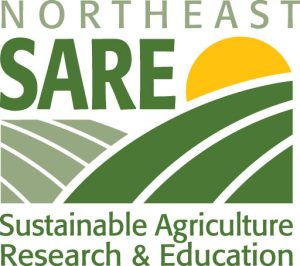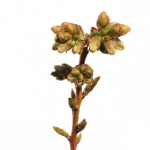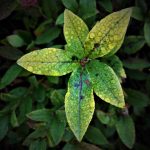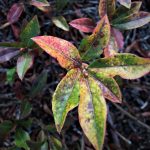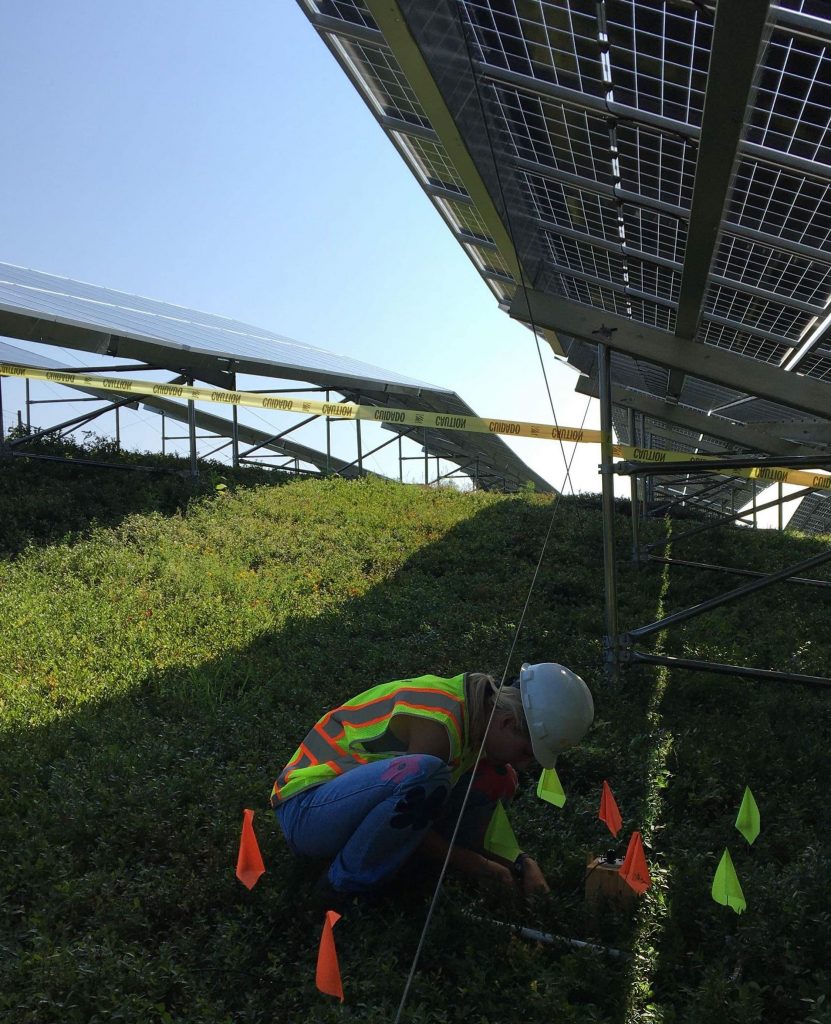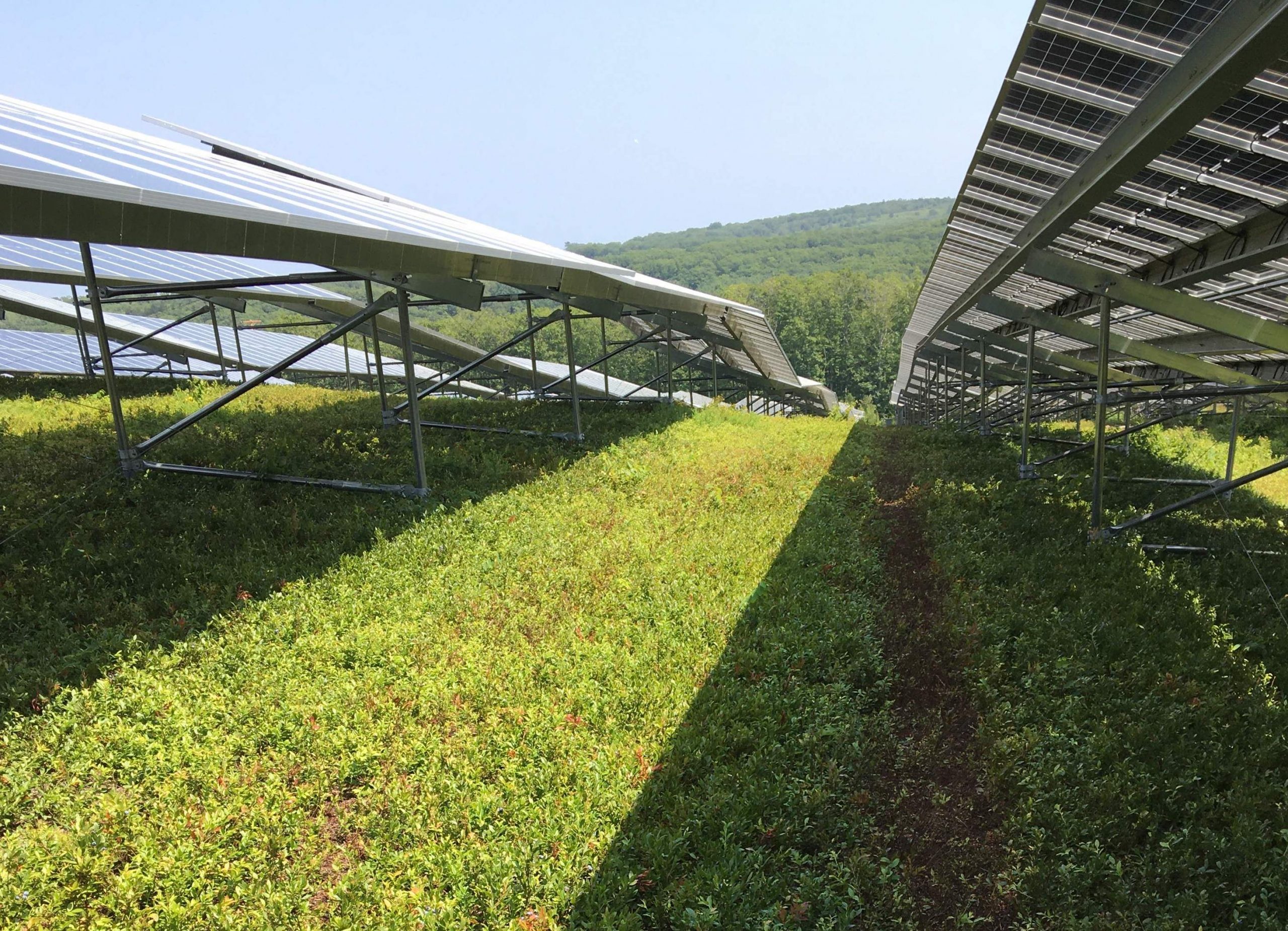Dual-use Solar and Wild Blueberry Production
There is increasing interest in solar installations on wild blueberry land. UMaine Cooperative Extension is conducting research on the economic and agronomic feasibility of dual-use solar on commercial wild blueberry land in collaboration with a farmer and land-owner. The project began with funds from BlueWave Solar and the current project is funded by Northeast SARE.
Terminology
- Photovoltaics (PV) – a system that converts light energy into electrical energy, usually achieved through use of panels. Array sizes can range from small rooftop installations powering a home to a multi-acre array that powers thousands of homes or businesses.
- Dual-use projects – projects with solar photovoltaic panels installed in such a way that agricultural activities (crop production, animal grazing) can occur simultaneously. Such arrays may include higher panel heights, increased row spacing to allow equipment and worker maneuverability, and all projects must include provisions for decommissioning and retaining the land’s agricultural resources.
- Agrivoltaics – a term used to describe the co-location of solar arrays and agriculture on the same land; the land produces both energy and agricultural products.
- Co-location – placement of standard ground-mounted solar installations on a portion of farmland while other farmland is in continued agricultural use. Generally, these installations have not been modified to increase compatibility with agricultural operations. that have not been modified to increase compatibility with agricultural uses.
Considerations for Solar on Wild Blueberry Land in Maine
Maine Agrivoltaic Resources
Solar Agrivoltaics Elsewhere
Media Coverage of the Rockport Agrivoltaics Project
Interested in Learning More?
For queries about developing solar on your land, contact Dr. Lily Calderwood, lily.calderwood@maine.edu.
This project is funded by a Northeast SARE Novel Approaches Grant.
